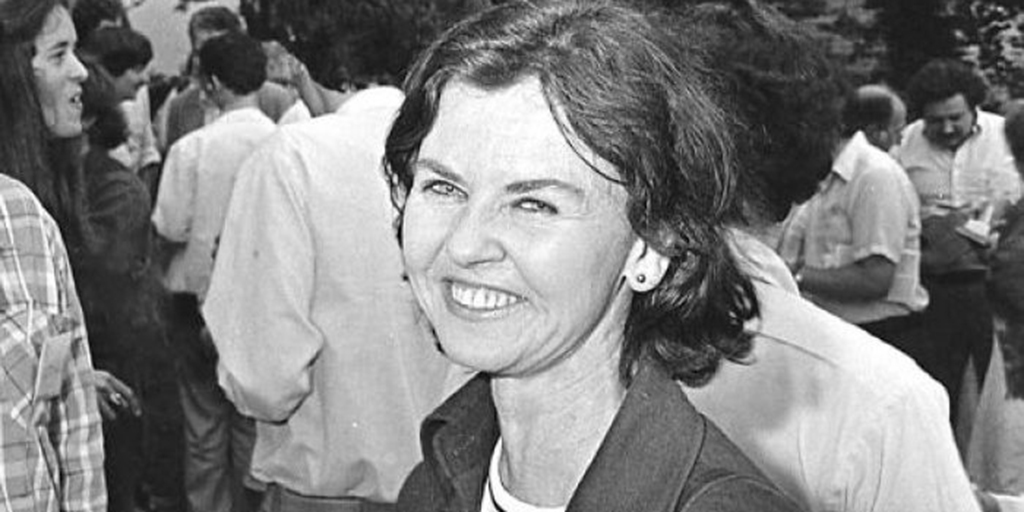Trailblazing Baylor alum broke new ground in cancer research

Beverly Griffin’s life story is almost cinematic — a small-town girl, raised during the Depression, who earned a scholarship to Baylor, nurtured an interest in science and moved to London. There, she became the first woman appointed to a professorship at a prestigious medical school, recognized previously unknown connections between viruses and cancer, was a prolific DNA sequencer, and became one of the top virologists in the world.
Earlier this year, Griffin, BS ’51, passed away at the age of 86 after a long illness, and medical and research communities around the world mourned her loss. She was recognized as a trailblazer “ahead of her time,” and her contributions and achievements are all the more impressive for coming at a time when fewer doors were open to women in disciplines such as the sciences.
Griffin came to Baylor from her hometown of Delhi, La. Here, she majored in chemistry and was a member of Peers, the Burleson and Memorial house councils, the American Chemical Society, and Alpha Chi. After graduating from Baylor with her degree in chemistry, she went on to earn doctoral degrees from Virginia and Cambridge, then took a teaching position at Mount Holyoke College in Massachusetts. In 1962, she moved to London, where she spent the remainder of her life and established herself as a groundbreaking researcher and teacher.
In 1972, she joined the Imperial Cancer Research Fund Laboratories in London, where she made a major contribution to science by completing the genetic sequencing of the mouse polyoma virus. With 5,293 base pairs, the virus was one of the longest ever sequenced when she finished it in 1980. She went on to become the first female professor at Royal Postgraduate Medical School at London’s Hammersmith Hospital, where she dedicated much of the remainder of her career to studying the Epstein-Barr virus.
The Epstein-Barr virus causes a variety of cancers, so her contributions to the understanding of the virus were vital. Her conclusions were also ahead of their time. She was the first to report the ability of regions of the virus to cause cancer. What was particularly groundbreaking about this discovery was that, at the time, no one knew about viral genes that could account for cancerous growth. We now know that the virus has properties that are believed to play a major role in many cancers.
“She was on to something important that … had not been discovered when she did her early work on this,” said Paul Farrell, head of Imperial’s section of virology. “She was ahead of her time.”
Sic ’em, Beverly Griffin, for your lifetime of contributions to cancer research!

